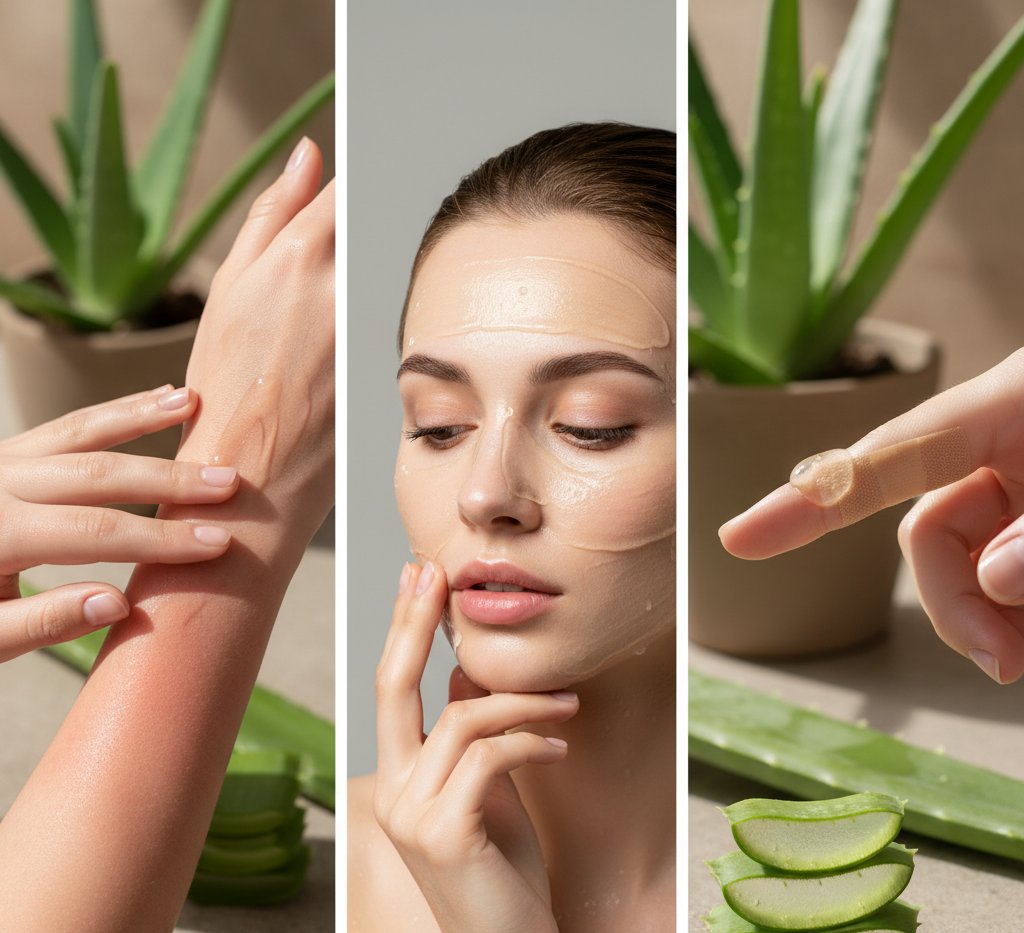Succulent Physical Health Benefits
Succulents do more than brighten up a space with their unique shapes and colors. These hardy plants can support your physical health in simple but meaningful ways. Succulents can help clean the air, ease breathing, and even support your body’s natural healing process. By keeping them nearby, you create a healthier environment that benefits both your body and your daily life.
You may notice that spending time around succulents lowers stress and helps your body respond better to it. Lower stress levels can improve heart health and reduce strain on your body. Some succulents, like aloe vera, also offer direct benefits for skin care and wound relief, making them useful beyond decoration.
Caring for succulents also encourages gentle movement and routine, which can support mobility and overall wellness. These small actions add up, giving you a natural way to improve your health while enjoying the beauty of the plants.
Key Takeaways
- Succulents can improve air quality and support easier breathing
- They help lower stress, which benefits heart and overall health
- Certain types aid skin healing and provide natural care
Overview Of Succulent Physical Health Benefits
Succulents can support your health in practical ways through their natural compounds, their ability to improve indoor air, and their unique role compared to other plants you may keep in your home. Research and traditional uses highlight both their strengths and their limits.
Key Nutrients And Compounds In Succulents
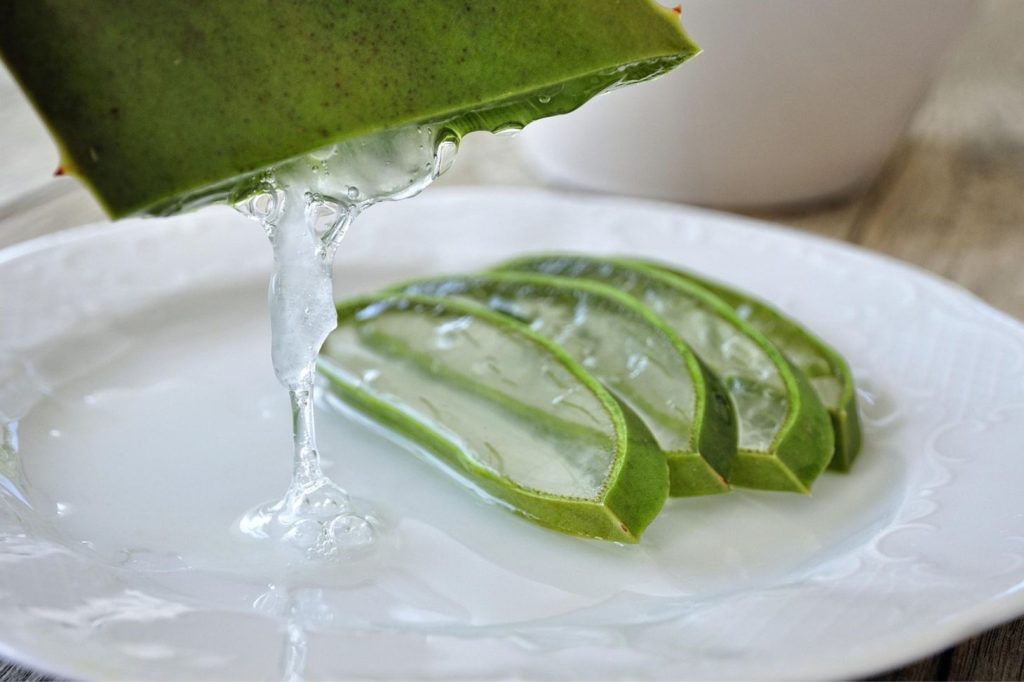
Some succulents contain compounds that can aid physical health when used properly. Aloe vera, for example, is rich in vitamins A, C, and E, which act as antioxidants. It also contains enzymes and amino acids that may support skin repair.
Succulents like aloe hold mucilaginous gel in their leaves. This gel can soothe minor burns, help with skin hydration, and reduce irritation. In traditional medicine, people have used these plants for wound care and digestive support, though not all uses are backed by strong science.
It’s important to note that not every succulent is safe to ingest. Some varieties can be toxic if eaten. You should focus on well-studied species such as aloe vera when considering physical health benefits.
The clear gel harvested from inside the leaves is generally safe for topical application, making it a popular ingredient in skincare products. Consuming it in small quantities is also typically considered safe.
In contrast, the aloe latex, a yellowish substance found directly beneath the leaf’s outer skin, can be toxic. This component contains compounds such as aloin, which can be harmful if ingested in significant amounts.
Research indicates that prolonged or high-dose consumption of aloe latex may be linked to certain health issues. Furthermore, studies conducted on animals have raised concerns about potential risks associated with its use.
Products marketed as “aloe juice” typically refer to the purified gel, which is considered safe provided that the toxic latex has been effectively removed during processing. It’s crucial to always examine product labels and look for quality certifications to ensure the product’s safety and purity.
Comparison To Other Houseplants
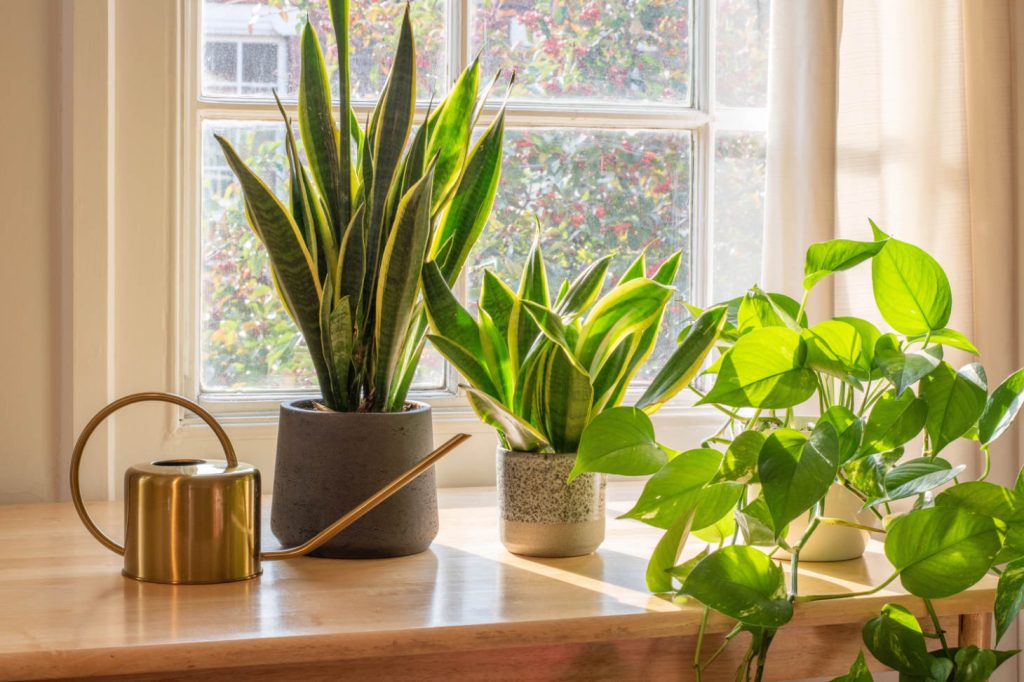
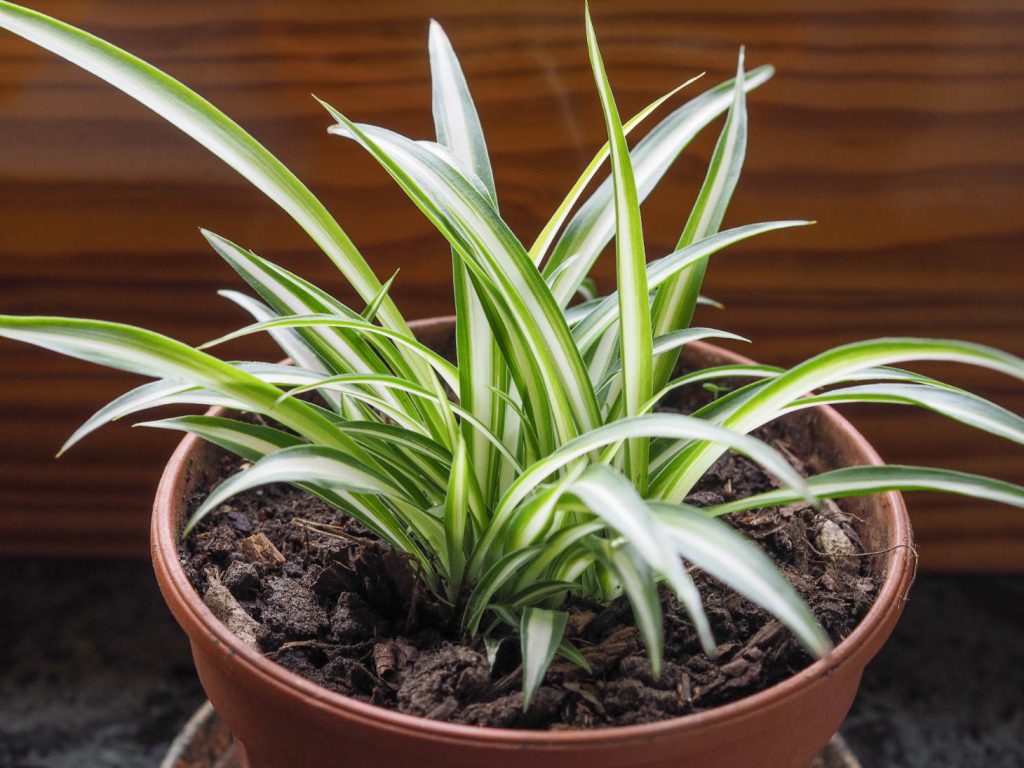
Houseplants in general can improve air quality, but succulents stand out for their water-storing leaves and ability to survive in dry indoor conditions. Unlike many leafy plants, succulents release oxygen at night through a process called Crassulacean Acid Metabolism (CAM). This can support better air quality in bedrooms where you may spend long hours.
Compared to ferns or peace lilies, succulents require less maintenance and are less likely to develop mold in their soil. This makes them a cleaner option if you have allergies or respiratory concerns.
However, succulents are not the most powerful air purifiers. Plants like snake plants or spider plants may remove toxins more effectively. Succulents offer a balance of resilience, modest air benefits, and low upkeep.
Evidence-Based Health Outcomes
Studies suggest that aloe vera gel can help with burn healing, skin moisture, and minor wound recovery. Controlled trials have shown faster healing for first- and second-degree burns when aloe is applied compared to some conventional treatments.
Some evidence also supports aloe juice for digestive issues like constipation, though results are mixed and long-term use may cause side effects. Other succulents have less research, so claims about their benefits remain limited.
In terms of indoor air, succulents may contribute to reduced carbon dioxide levels and slightly improved humidity. While these effects are smaller than those of larger plants, they can still support a healthier indoor environment when combined with other air-purifying practices.
Stress Reduction And Cardiovascular Health
Succulents can influence your physical well-being by easing stress and creating a calmer environment. Lower stress levels connect directly to better cardiovascular function, including healthier blood pressure and improved heart health.
Lowering Blood Pressure Through Interaction
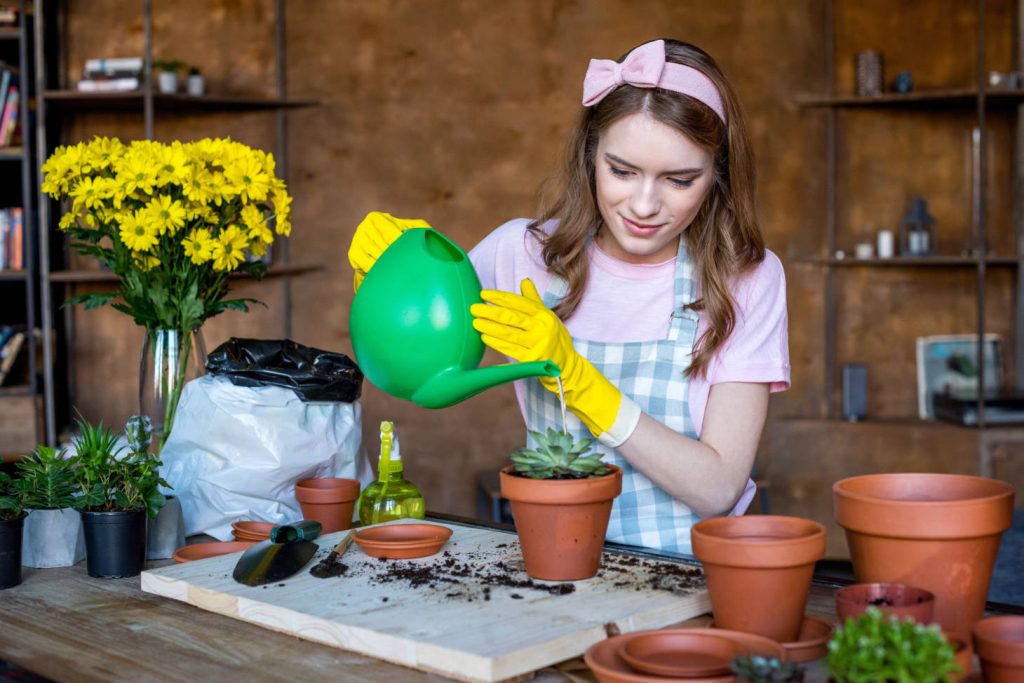
Spending time with plants, even low-maintenance ones like succulents, can help reduce tension that often raises blood pressure. Simple actions such as watering or arranging them provide a short mental break from daily stress. These small moments of focus can calm your nervous system and lower the physical strain linked to stress.
High blood pressure is a major risk factor for heart disease and stroke. By keeping stress under control, you reduce the likelihood of spikes in blood pressure. This makes plant interaction a practical tool for supporting long-term health.
You do not need a large garden to see these effects. Even a few succulents on your desk or windowsill can create a soothing space that encourages relaxation. The reduced stress response helps your body maintain steadier blood pressure levels over time.
Supporting Heart Health With Indoor Plants
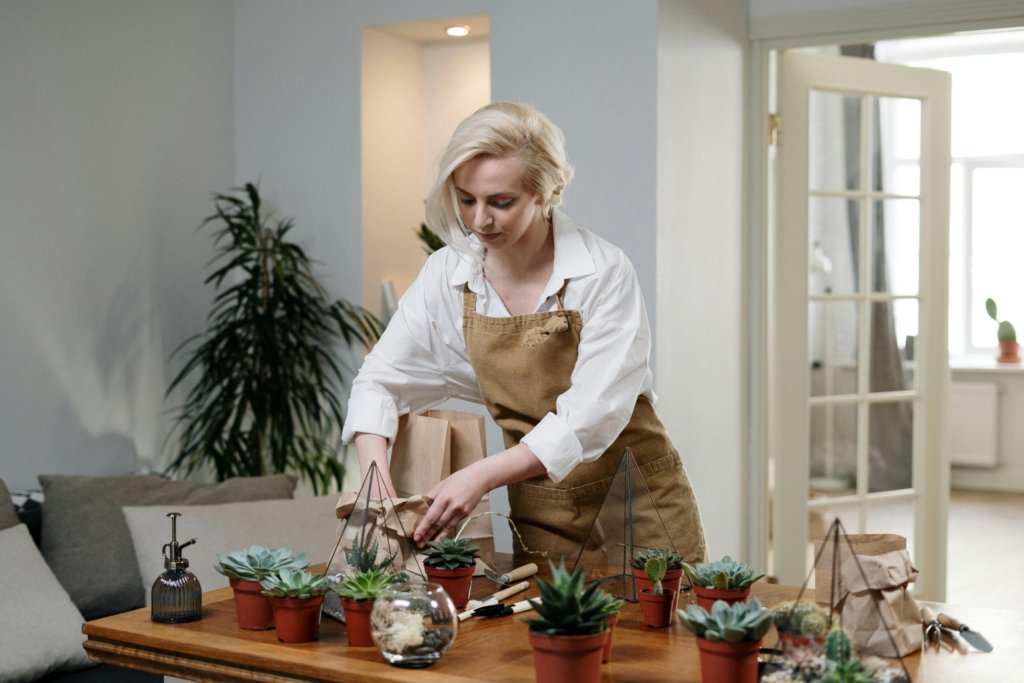
Chronic stress places extra pressure on your cardiovascular system, increasing the risk of conditions like hypertension and heart disease. Having indoor plants, including succulents, can lower stress hormones that negatively affect your heart. This indirect benefit supports your cardiovascular system without requiring major lifestyle changes.
Succulents are especially practical because they thrive with little care. Their presence adds greenery and improves air quality, which can also contribute to a healthier indoor environment. Cleaner air may reduce the strain on your body, making it easier for your heart to function efficiently.
You can strengthen this benefit by placing succulents in areas where you spend the most time. Regular exposure reinforces a calmer state of mind, which helps protect your heart from the harmful effects of ongoing stress.
Immunity And Disease Prevention
Succulents can play a role in supporting your body’s defenses by providing compounds that fight harmful microbes and nutrients that encourage a stronger immune response. Some species also contain antioxidants that help reduce stress on your cells, which may lower your risk of common illnesses.
Antimicrobial Properties Of Succulents
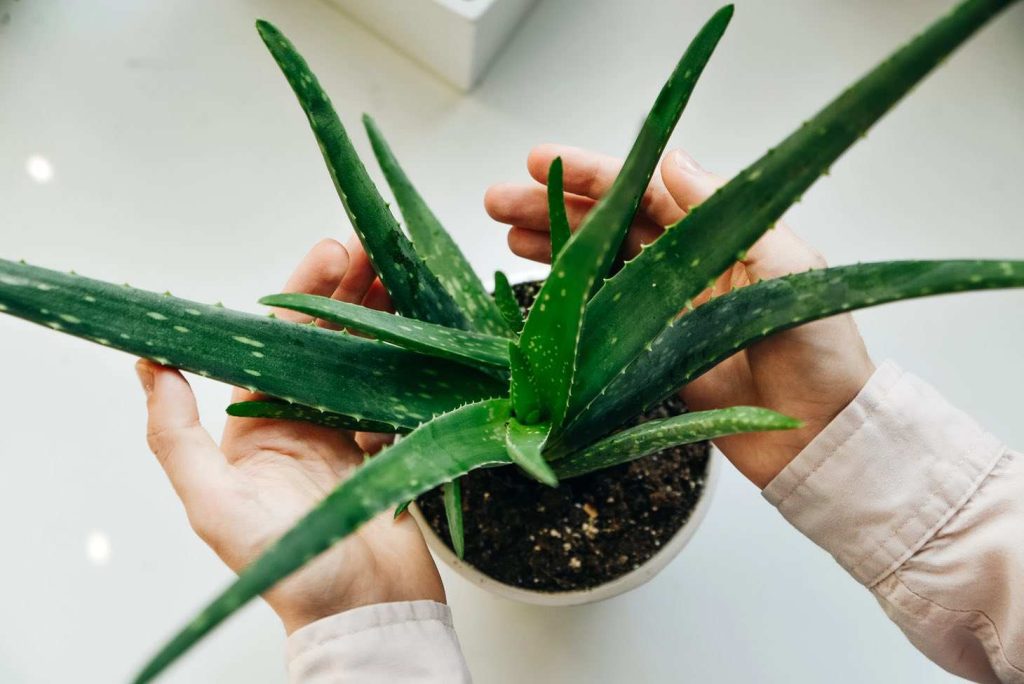
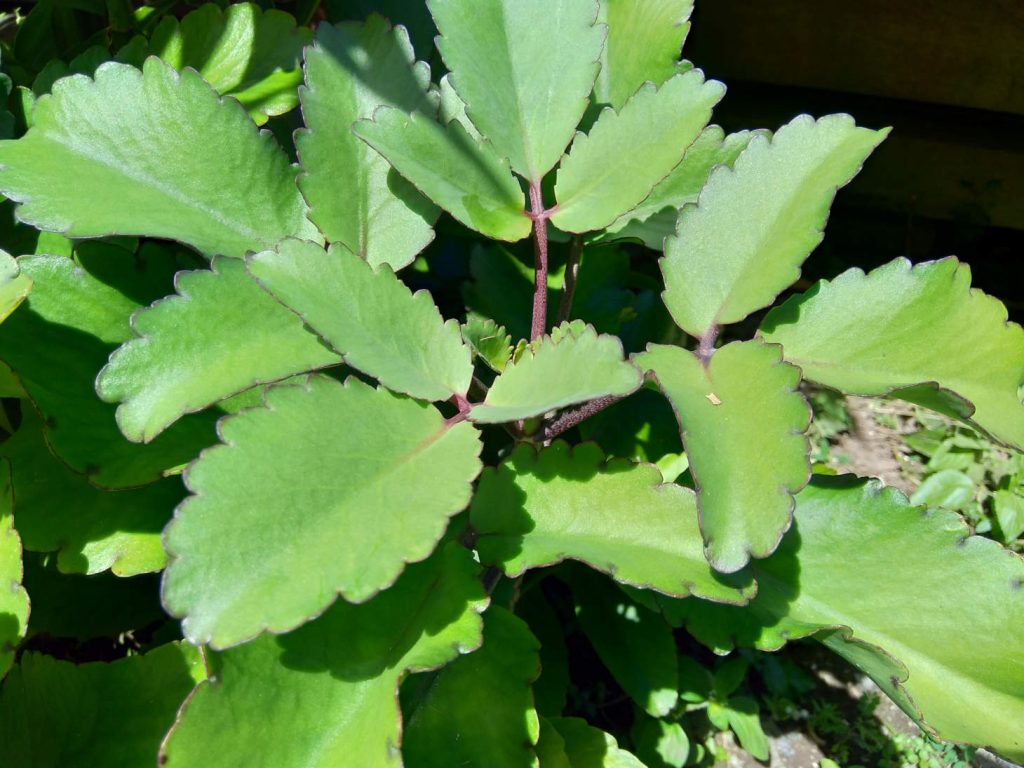
Certain succulents produce natural compounds that can slow the growth of bacteria, fungi, and viruses. Aloe vera, for example, contains aloin and saponins, which show antimicrobial effects when applied to skin. This makes it useful for treating minor cuts or burns where infection is a concern.
Other plants, such as Kalanchoe pinnata (often called the “Miracle Leaf”), have been studied for their ability to fight harmful organisms. Their extracts may help reduce microbial activity, especially in traditional remedies where leaves are applied directly to wounds.
These antimicrobial traits are not a substitute for medical treatment, but they can provide an added layer of protection in daily life. Using succulent-based gels or teas in safe, moderate amounts may support your efforts to keep infections under control.
Potential For Reducing Illness Frequency
Some succulents contain antioxidants, vitamins, and minerals that support immune function. Aloe vera juice, for example, provides vitamin C, which helps your body produce white blood cells. These cells play a central role in fighting off infections.
By consuming scientifically supported edible succulents, you may strengthen your natural defenses, potentially leading to fewer minor infections over time.
Skin And Wound Healing Benefits
Succulent plants like aloe vera and stonecrop provide relief for skin injuries and dryness. Their natural compounds can help protect damaged tissue and support faster recovery when used correctly.
Topical Uses For Minor Cuts And Burns
You can apply the gel from aloe vera leaves directly to small burns, scrapes, and cuts. The gel forms a thin layer that cools the skin and reduces discomfort. It also helps keep the wound moist, which supports the healing process.
Research shows aloe vera may improve blood flow around a wound and limit cell damage. This can shorten healing time for minor injuries. For burns, the soothing effect makes it a common household remedy.
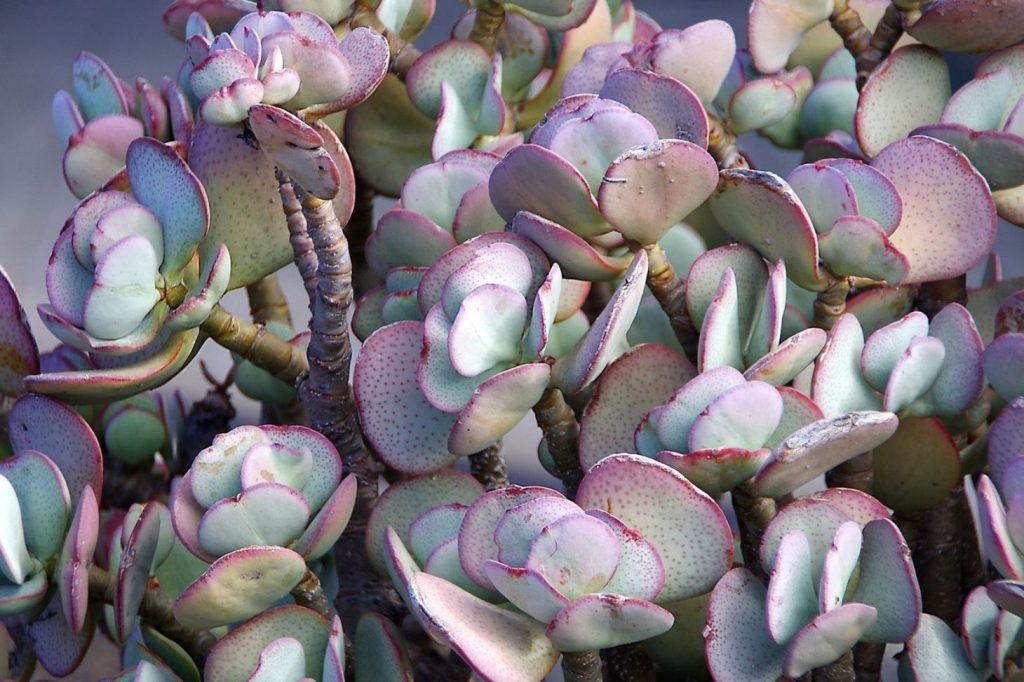
Other succulents, such as common stonecrop, have also been used in traditional medicine for skin relief. Their natural compounds may reduce irritation and support tissue recovery.
When using these plants, make sure the wound is clean before applying any gel. Avoid placing raw plant material on deep cuts or infected areas, as this can increase risk of complications.
Hydration And Skin Barrier Support
Aloe vera gel, a common succulent product, is composed mainly of water, which is rich in vitamins, minerals, and plant compounds (like polyphenols). When applied to your skin, this moisture can help reduce dryness and support the skin barrier. A stronger barrier helps protect against environmental irritants and slows water loss.
Aloe vera is especially valued for its hydrating properties. You can use it as a light moisturizer that absorbs quickly without leaving heavy residue. This makes it useful for sensitive or oily skin types.
Some people also find that regular use of succulent-based gels helps calm redness and mild irritation. By keeping your skin hydrated and balanced, you may reduce the chance of small cracks or dryness leading to further irritation.
Physical Activity And Mobility Support
Staying active helps you maintain independence, reduce stiffness, and keep your body strong. Simple daily movements can improve balance, protect your joints, and lower the risk of chronic conditions.
Gardening As A Form Of Exercise
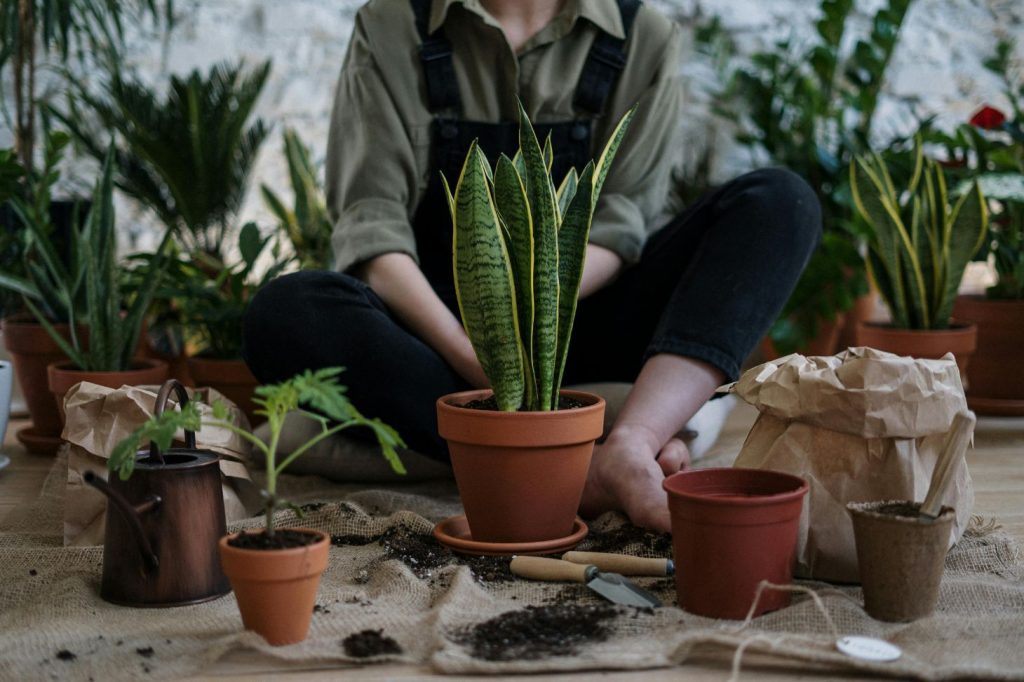
Gardening provides steady physical activity without the need for gym equipment. Tasks like digging, planting, and raking use major muscle groups in your arms, legs, and back. These movements raise your heart rate and help burn calories in a natural way.
You also build endurance by spending extended time outdoors. Even light gardening, such as watering or pulling weeds, requires bending, stretching, and lifting. These actions strengthen your core and improve posture.
Another benefit is that gardening keeps you moving at different speeds and angles. This variety works your muscles more evenly than repetitive exercises. It also supports balance and coordination because you often squat, twist, and reach in different directions.
Examples of gardening activities and their benefits:
- Weeding: Improves flexibility in hips and knees
- Digging: Builds strength in arms, shoulders, and back
- Carrying soil or plants: Trains core stability and grip strength

